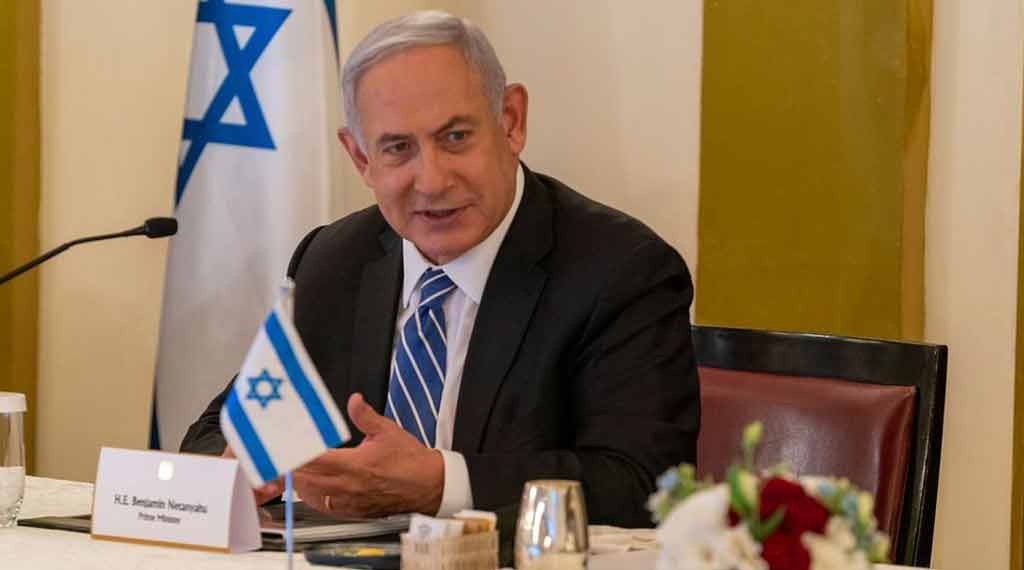
Currently, Israel’s media is laser-focused on the prospect of “the deal” with Hamas. Will “the deal” come to fruition or will Prime Minister Benjamin Netanyahu scuttle it?
The premise of the discourse is that “the deal,” is objectively desirable. Anyone who tells you otherwise—particularly, if his name is Netanyahu—is a liar acting solely out of personal, political and morally corrupt considerations.
The leaders of the security establishment, including Defense Minister Yoav Gallant, Israel Defense Forces’ Chief of General Staff Lt. Gen. Herzi Halevi, Shin Bet director Ronen Bar and Mossad director David Barnea, support “the deal” and insist that Israel can live with the concessions it requires Jerusalem to make to Hamas.
Ahead of a new round of discussions about “the deal” this week in Qatar and Egypt, Netanyahu convened Israel’s negotiating team led by Barnea and Bar on Sunday. Following the meeting, the Prime Minister’s Office published five “red lines” for a deal ahead of the talks.
Broadly, “the deal” involves a six-week ceasefire during which Hamas would release 20 live, predominantly female hostages. Hamas is currently holding around 120 hostages, of whom some 80 are presumed alive. Israel would be required to release hundreds of terrorists from its prisons, including murderers, to secure the release of the 20 women.
Netanyahu’s first red line is for Israel to retain its freedom to resume offensive operations after the six-week ceasefire. Hamas long demanded that Israel concede that position and agree that the ceasefire would be permanent. Hamas is now willing to give up that demand. But it replaced it with a demand that the U.S. guarantee that Israel will not reinstate military operations in Gaza. Hamas’s reasonable assumption is that Israel will not defy the United States.
Netanyahu’s first red line makes it impossible for the administration to accept Hamas’s demand.
Netanyahu’s second red line requires Hamas to be blocked from smuggling arms from Egypt during the pause in fighting.
His third red line requires a mechanism to ensure that no armed men are able to return to northern Gaza from southern Gaza.
These two red lines come in response to Hamas’s demand that Israel withdraw its forces from the Philadelphi and Netzarim corridors during the six-week ceasefire (which Hamas, and its international supporters, seek to render permanent).
- The opportunity of Trump’s victory - November 7, 2024
- Netanyahu’s ‘day after’ plan - October 15, 2024
- The secret of Netanyahu’s unacknowledged and historic popularity - October 10, 2024
